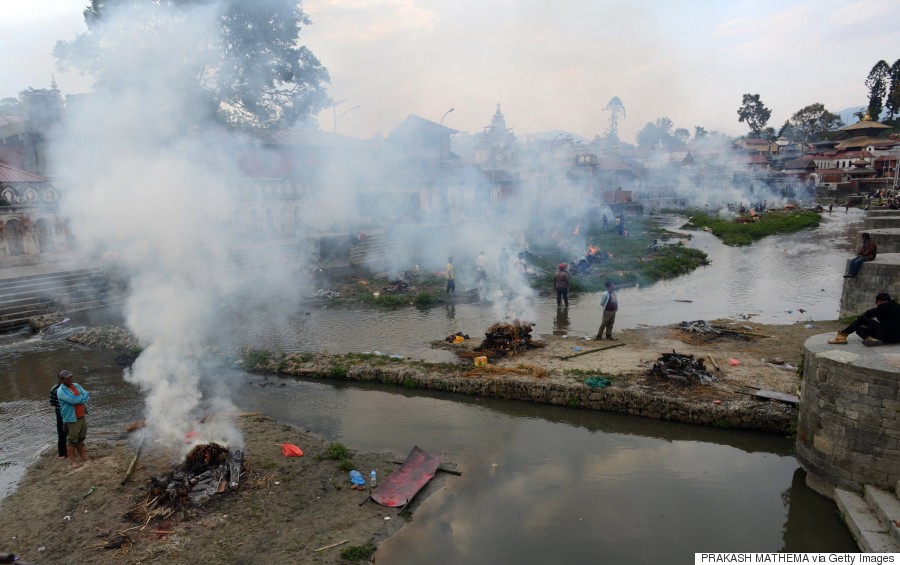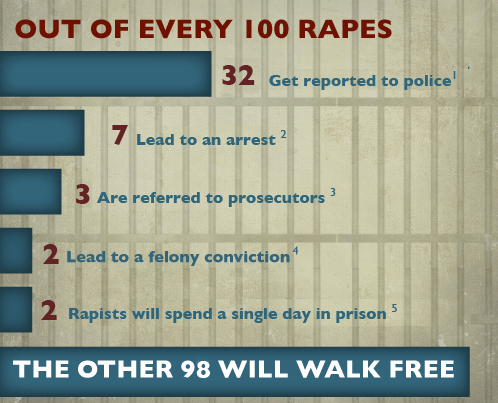Taken On Trust: Who Knew? Practising ... On Me?
"We graduate, and then we start practising. And nobody watches any more. Nobody sees what you do and how well you do it. We're waiting on adverse outcomes."
"Performance, with time [of those already practising], will deteriorate, and we need to find a way to keep ourselves within the safety limits."
"We either tell people [MDs in training] that they suck, or we tell them that they're good. Neither type of feedback is helpful."
"People always told me [in training], 'Great job, you're really good'. And then one day I started recording it [surgery in progress] and looking at myself, and I thought, 'Oh, my God, this is embarrassing'."
Teodor Grantcharov, surgeon, St.Michael's Hospital, Toronto
 Dr. Teodor Grantcharov
Dr. Teodor Grantcharov
"In the sports world, this is how they take people from being good to being excellent athletes -- by coaching them. You're actually instilling in them the capacity to make themselves better."
Debra Wirtzfeld, president, Canadian Association of General Surgeons
The ordinary person on the street -- or, in this case, the ordinary person in hospital awaiting surgery -- views the medical professional about to operate on them as just that, a medical professional, and with that view comes the unstated but dearly held belief that that well-trained and seasoned surgeon knows exactly what he's doing, has had ample experience and is at the top of his/her game. We trust; what else can we do?
Oh, the canny ask around, if they can dig out any background, but really, most people place their trust in any surgeon whom they have been referred to in the belief that they are more than capable of bringing them through the ordeal of surgery in better shape than when they went into the operating theatre. Yes, there are poor outcomes, even disastrous ones, and we mentally shrug and think:
it couldn't be helped; alternately that it
wouldn't, couldn't happen to us.
We assume, because it is reasonable to do so, that surgeons newly released from their probationary period of internship after long years of study and the achievement of their professional credentials, have been monitored and mentored, and whipped into a sterling semblance of an acutely reliable and capable professional. So, along comes this surgeon, deploring the lack of oversight of new surgeons released from the slight oversight that exists, to do their damage, or very best as the case may be.
It is Dr. Grantcharov's insight into the decided lack of on-site training that has led him to the opinion that it is time something was done about it. And he has ventured the opinion that one-on-one coaching of surgeons, using video replays of operations to discuss operational flaws and how they are best avoided, might solve this problem that no one appears to have identified previously -- as difficult as this is to credit.
 The black box used by Dr. Teodor Grantcharov.
The black box used by Dr. Teodor Grantcharov.
Who thought of a newly-trained surgeon as being on par with the learned skills of a plumber or a bicycle-repair technician; they're either good at what they do, or they're not, and the market will settle things out. Except that, with the shortage of specialists in the field of medicine, and the interesting factoid that those in the medical profession avoid criticizing one another, the market is at risk and hardly knows it.
Videos used to critique sport plays are common enough; never thought of, simple as it is, for teaching surgeons? The mind boggles. University of Toronto general surgical residents undergoing coaching sessions were demonstrated to perform at a higher skill level, hardly making half as many technical errors as those undergoing more traditional training; which is to say very little oversight, according to Dr. Grantcharov and his colleagues in their report.
It is Dr. Grantcharov's thought that it is high time that this simple enough technique geared to improve proficiency, skill and self-confidence, should become a standard in the training of new surgeons and other medical specialists. As for those already long in practise, the process could be of benefit to them too, in helping them to brush up their operational skills. Don't we expect medical professionals to keep abreast of the latest in new medical techniques? Why should practise be any different?
As far as Dr. Grantcharov is concerned -- give that man a cigar! -- the result should be anticipated to produce surgery with fewer complications and increased improved outcomes for patients. Coaches, needless to say, would need to themselves be properly trained to enable them to impart to trainees the conclusions they reach through keen observational skills and interpretive results.

Handout “We
either tell people that they suck, or we tell them that they’re good.
Neither type of feedback is helpful,” Dr. Teodor Grantcharov, centre,
says.
A black box for the operating theatre was developed by this enterprising surgeon, to record the action inside the patient's body and within the wider area of the operating room. The purpose of which is to show surgeons where something may have gone awry. At one time -- traditionally -- it was deemed sufficient to expose a new surgeon to witnessing of a surgical procedure
"see one, do one, teach one"; and that has remained the standard.
Senior surgeons take residents on hospital-patient tours, they attend lectures, join their seniors in the operating room for instruction while action is ongoing. Throughout their five-year residency, the new specialists begin by performing slight portions of the operation, then incrementally increase their proportional activities until finally they feel they are adequately prepared to undertake the entire operation.
Nine residents were selected to take part in the Toronto study, meeting from time to time with an experienced coach, a video of a trainee's "game tape" portion of operations dissected, enabling the mentor to point out where there was a lack of technique, then demonstrating how the procedure is to be done expertly, guiding the trainees to an improved version of their own functioning.
The other part of the study had a control group of a similar number of trainees who simply underwent the usual training, without interpretive critique through a video of how they performed during surgery. When the study was concluded, the coached trainees were shown to have fared better than the standardized trainees on technical skills, recording fewer errors.
Labels: Health, Medicine, Social Welfare, Surgery, Toronto
 YouTube A screenshot from QUEEN SH0CKA's YouTube account
YouTube A screenshot from QUEEN SH0CKA's YouTube account

























